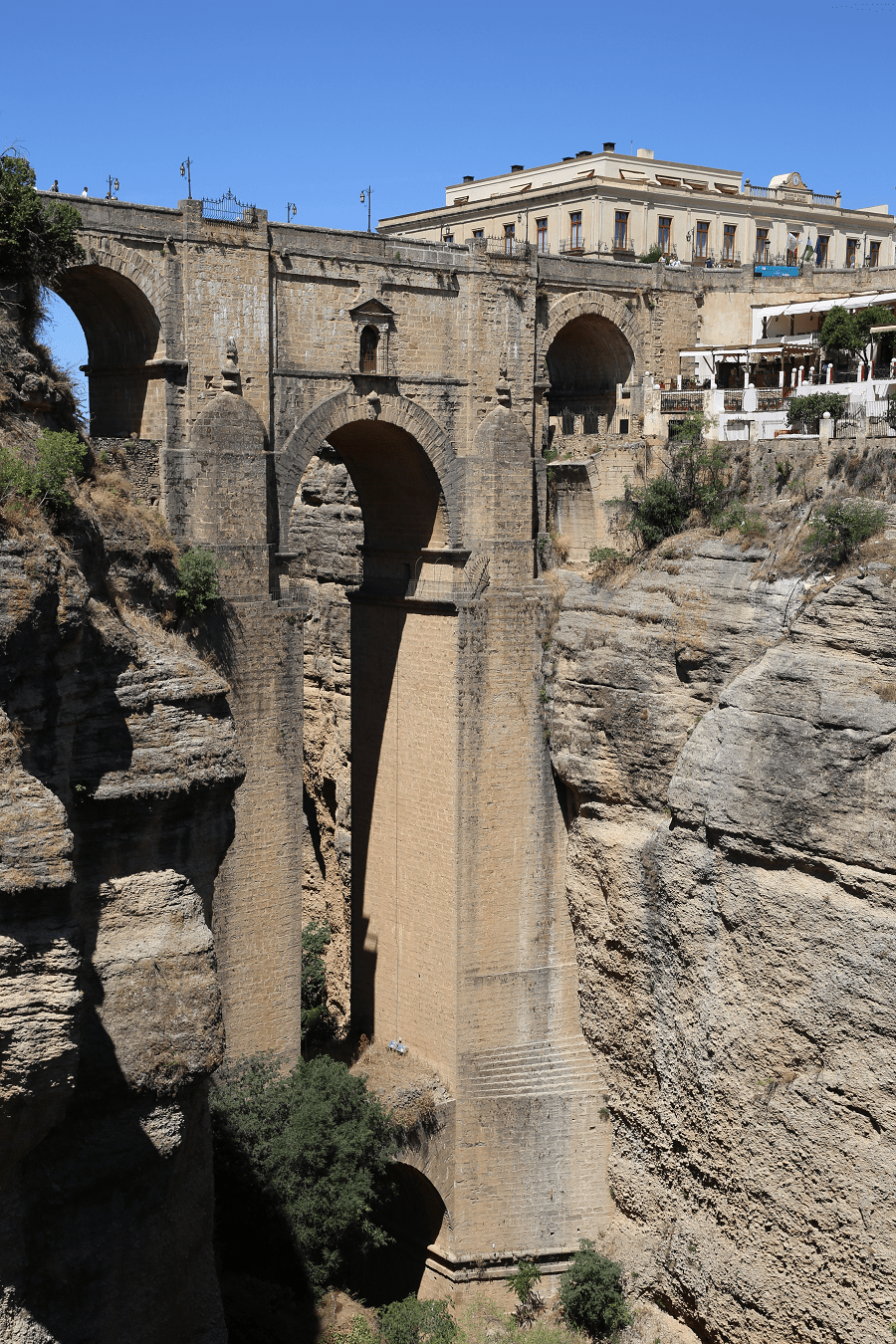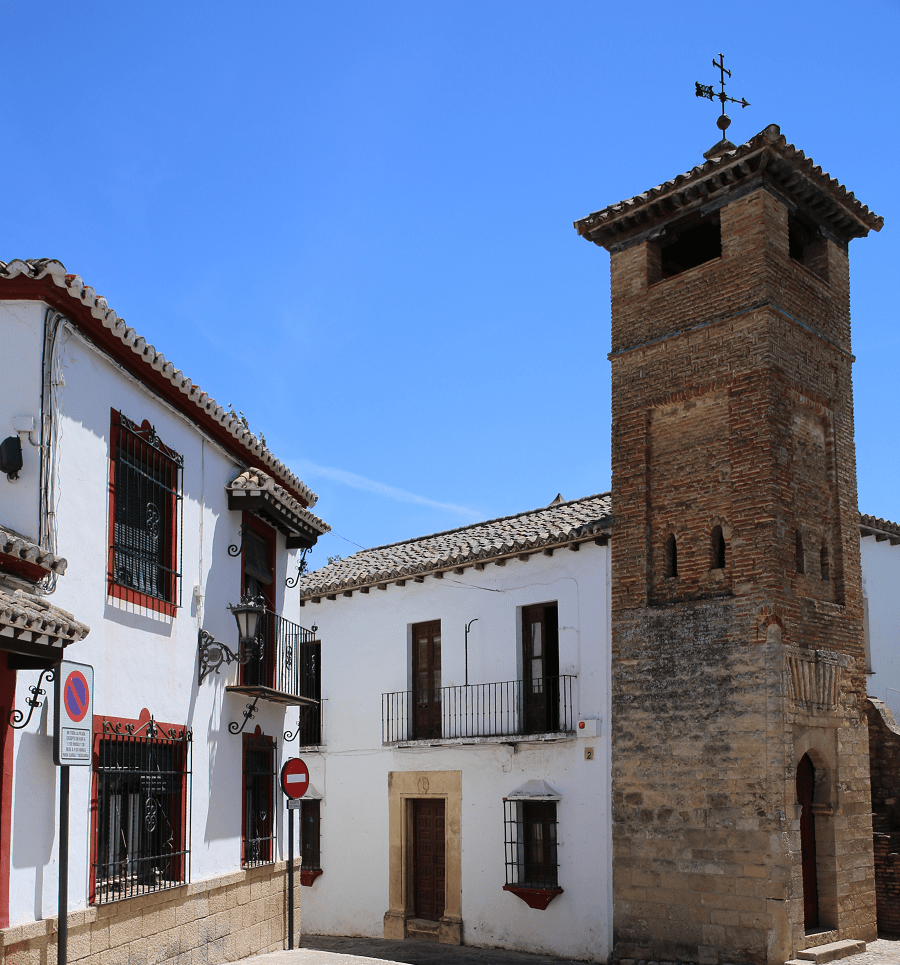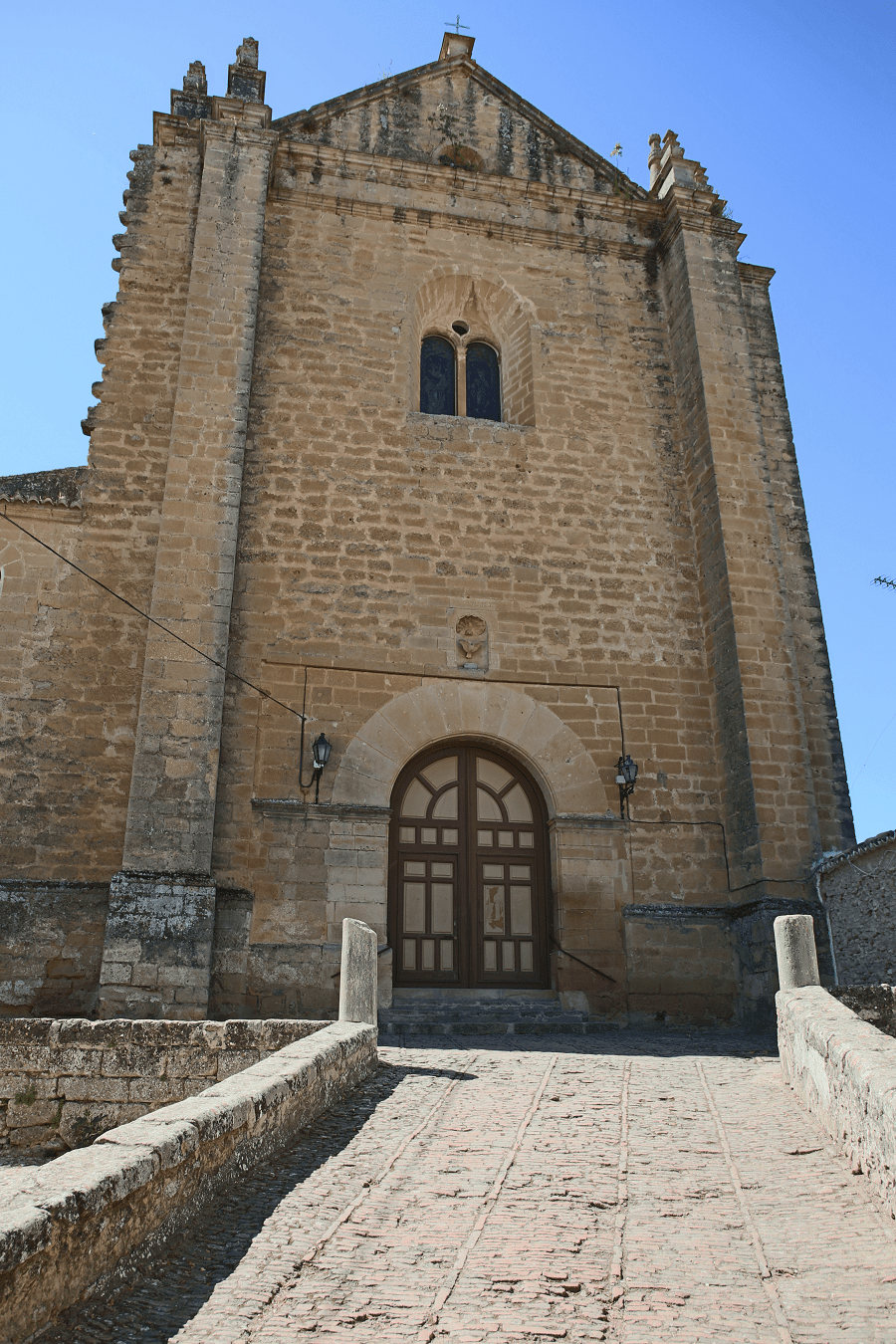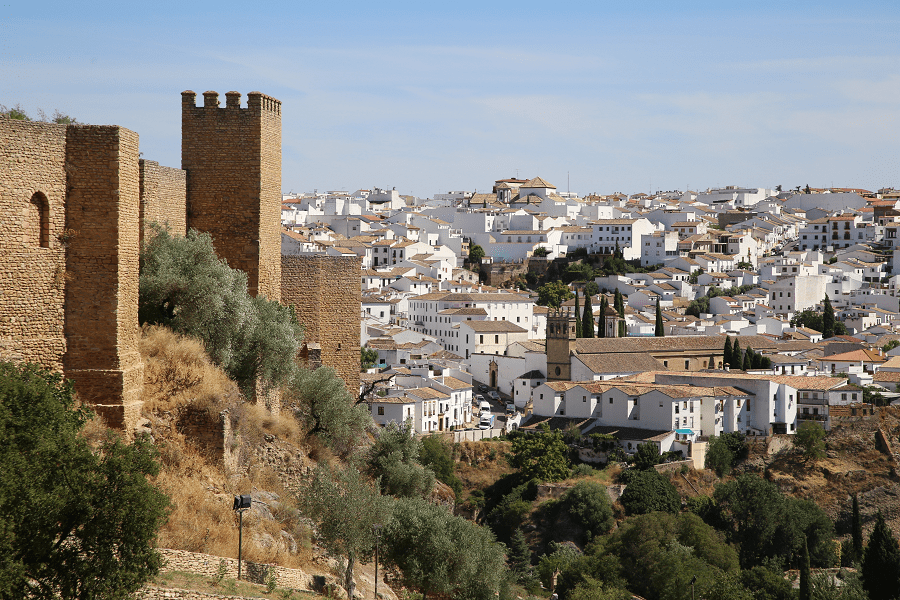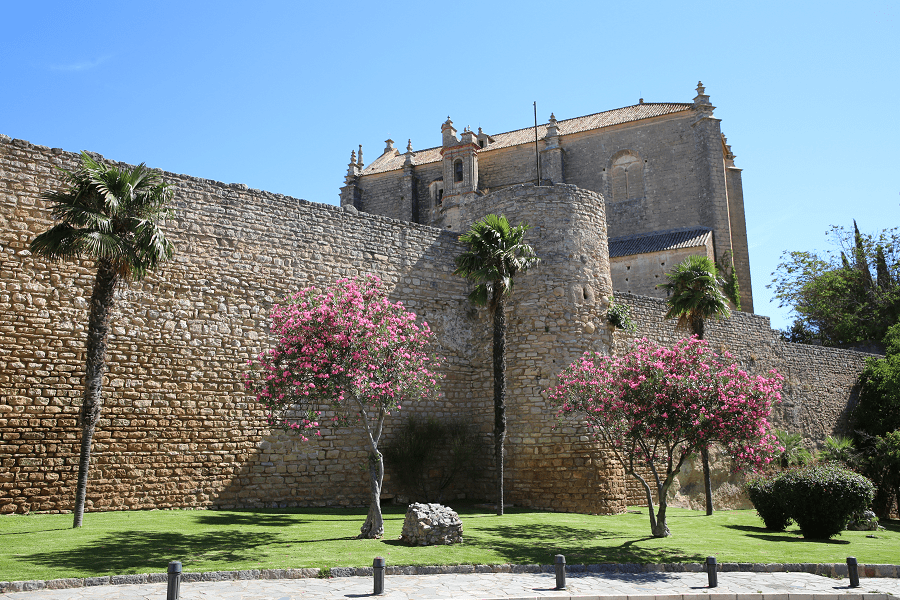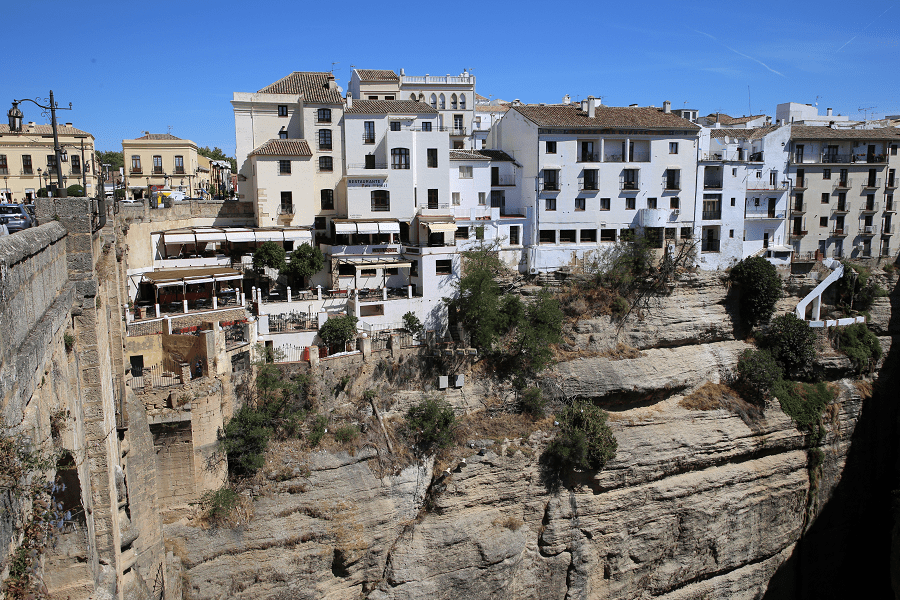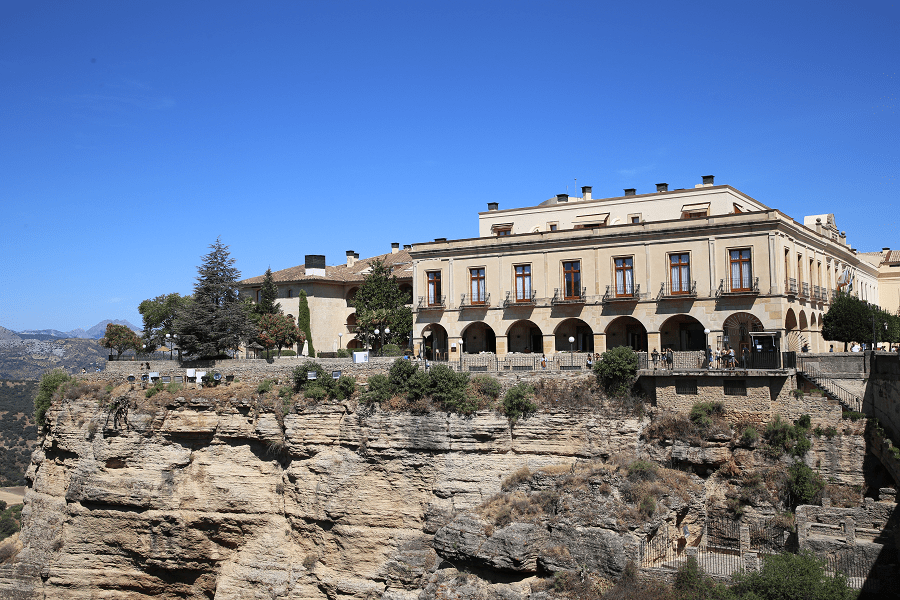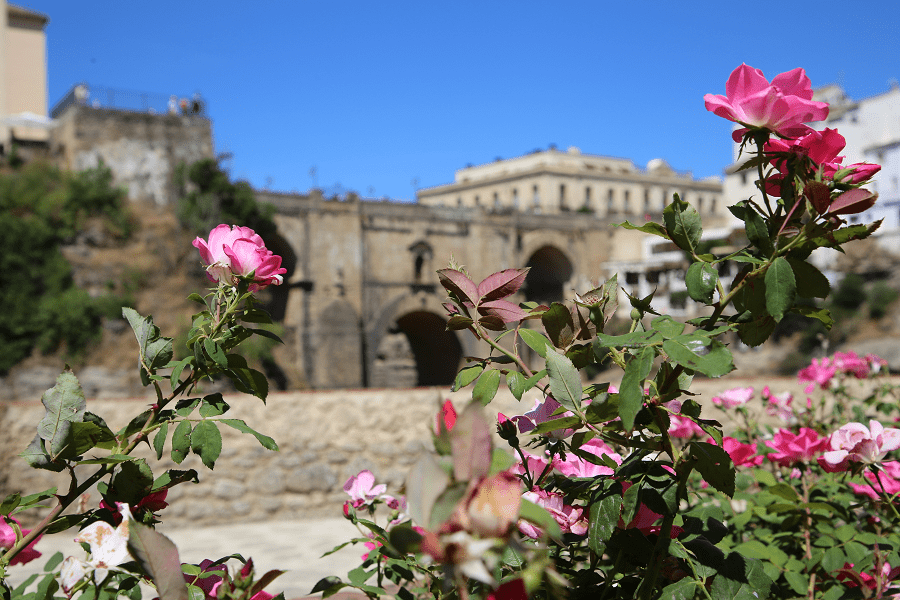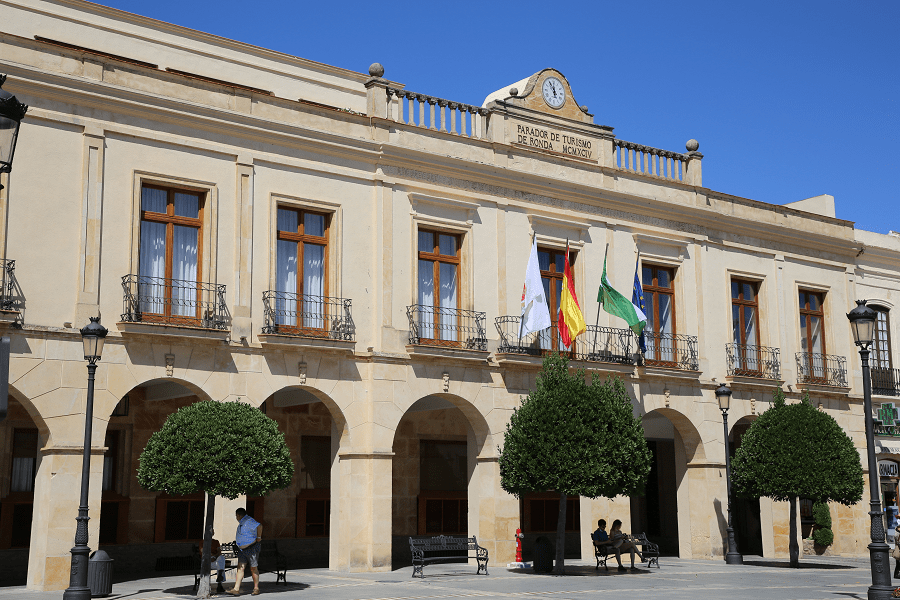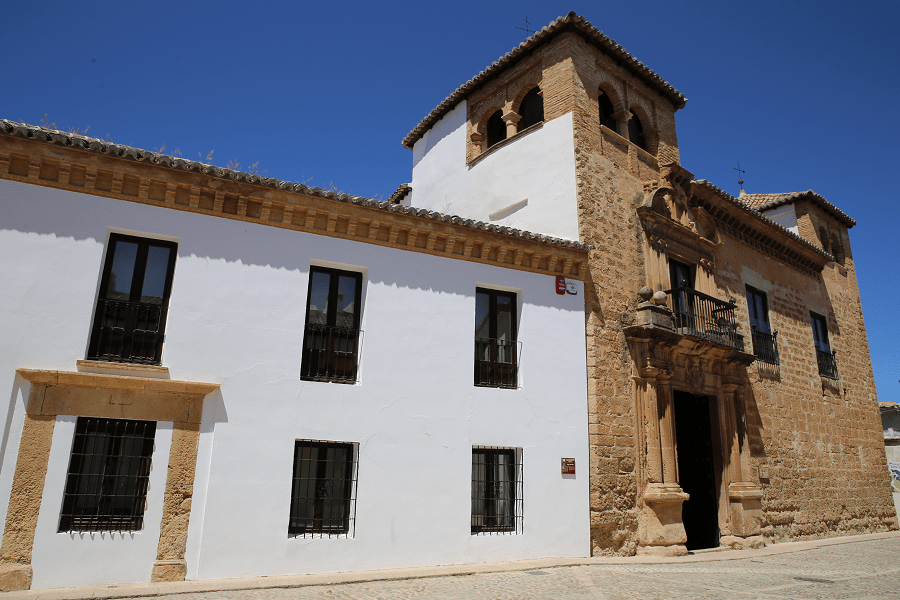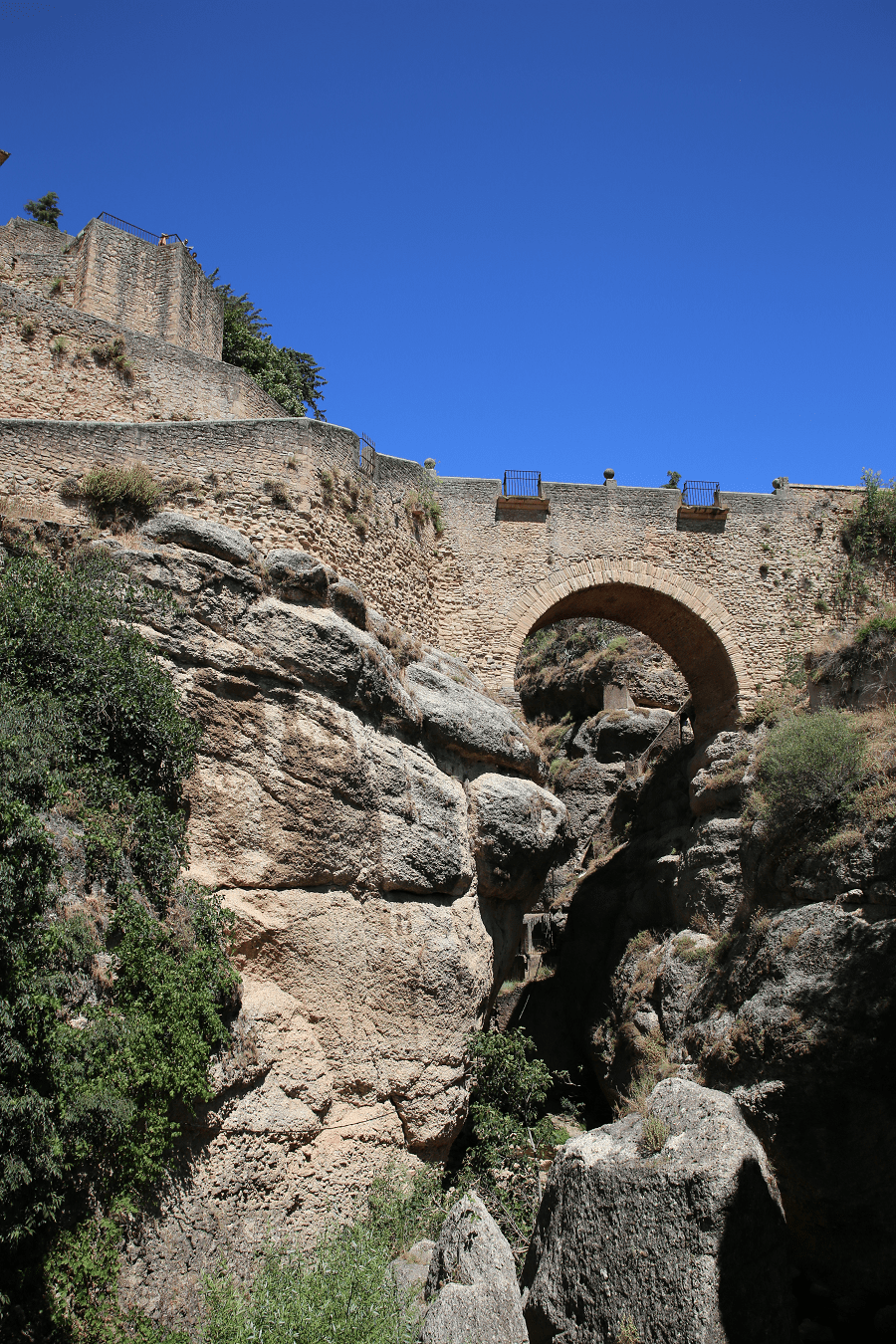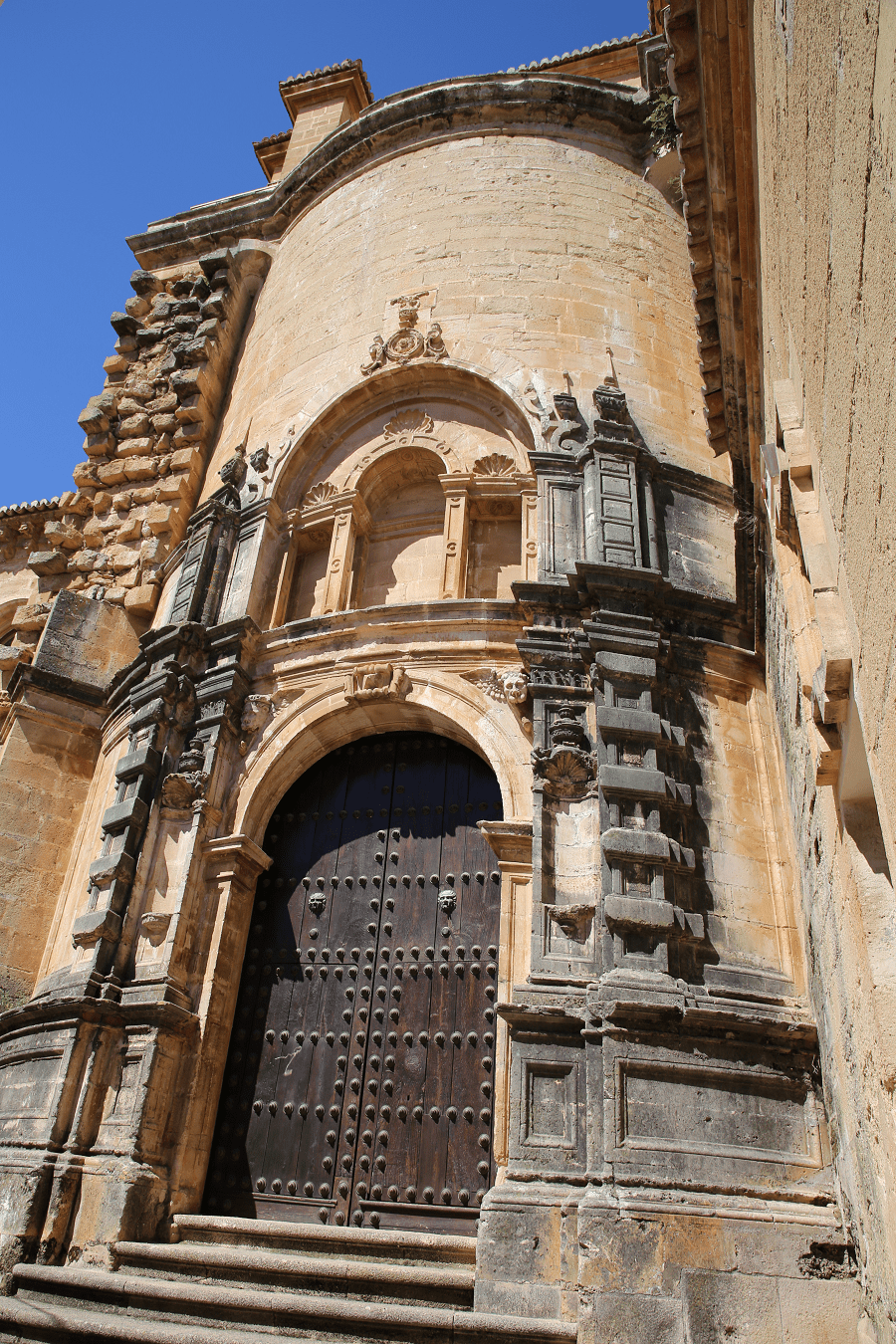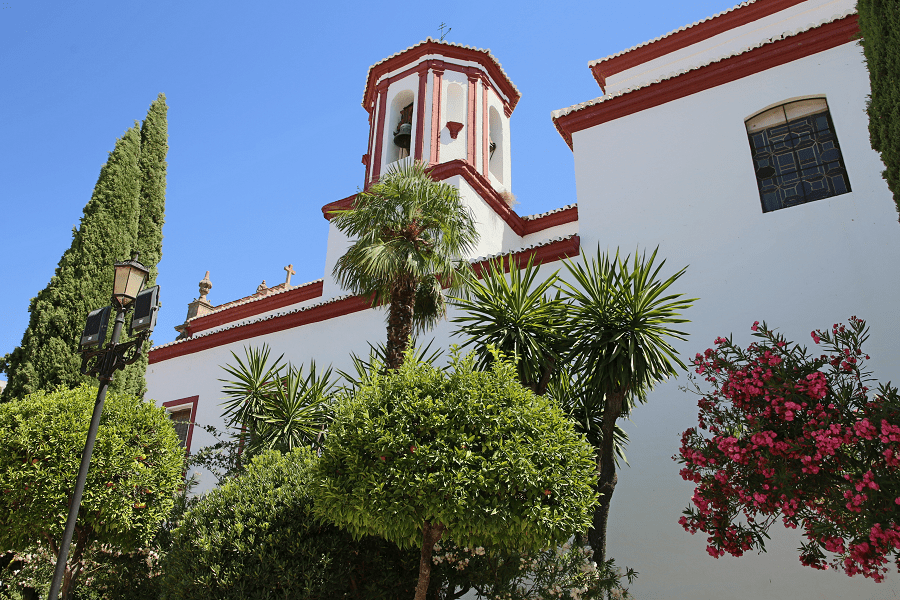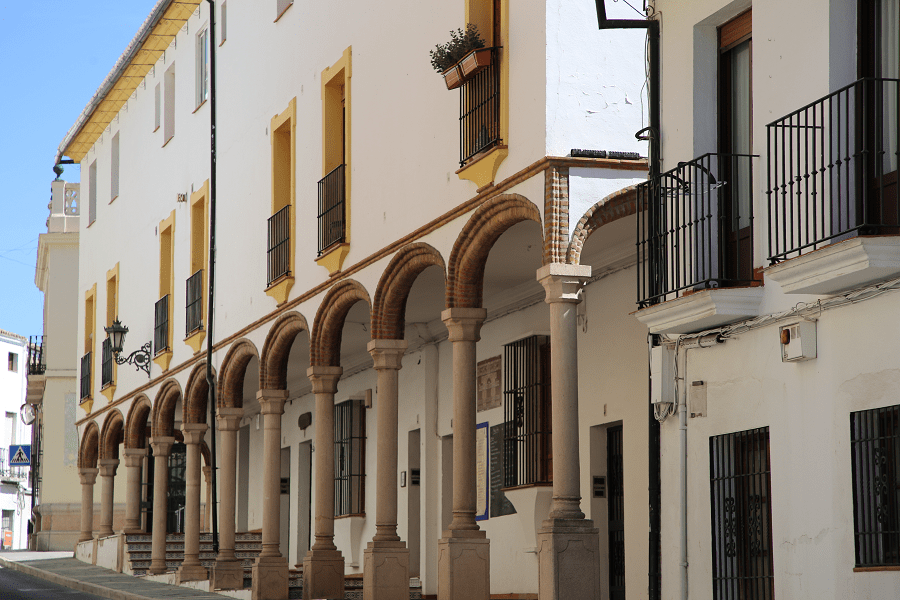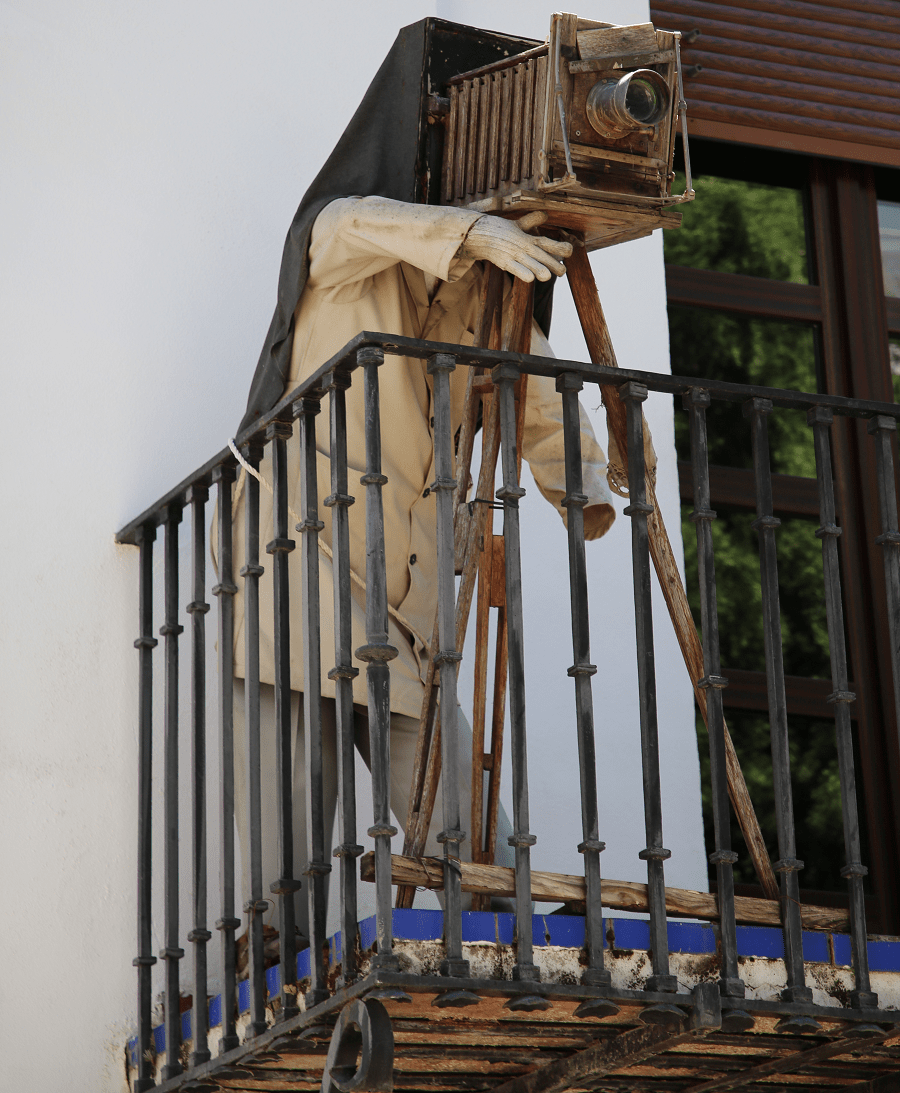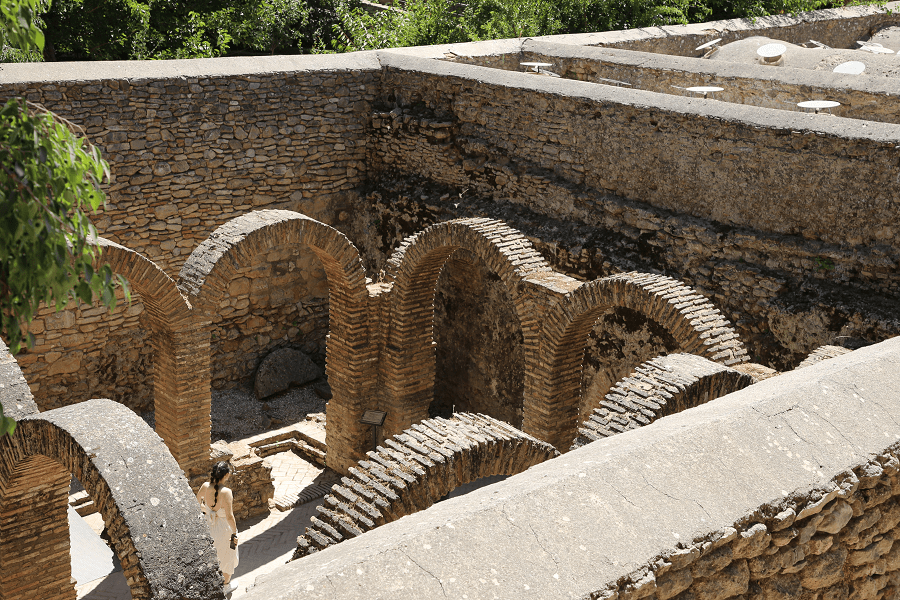Ronda is a municipality and town belonging to Andalusia, in Spain, located in the northwest of the province of Malaga, about 100 kilometers from the city of Malaga. It is the head of the homonymous judicial district and the capital of the Serranía de Ronda region.
The Guadalevín River runs through the city, dividing it in two and carving out the steep, 100-plus-meter-deep El Tajo canyon above which the city perches.
The city sits on a plateau cut by a deep gorge excavated by the Guadalevín River, which overlooks the buildings of its historic center, which gives the city a picturesque panoramic view that, together with the variety of monuments it possesses, its natural environment and its proximity to the great centers of mass tourism on the Costa del Sol, has made Ronda a notable tourist center. The ledge of the gorge and the bridge that saves it are the quintessential image of the city.
Main attractions
Ronda was divided and still retains this division into three neighborhoods: San Francisco, the oldest where the fortress was located; the city, where the great buildings, convents, churches and palaces are located, with very picturesque streets with arches, columns, coffered ceilings and arabesques that reveal their origin; and, finally, the Mercadillo, the most modern, founded as a result of the Reconquest, notorious for its baroque farmhouse, products of local crafts.
El Tajo or Puente Nuevo located on the Garganta del Tajo, next to the bullring. It is a symbol of Ronda and under it there is a distance of approximately 100 meters until reaching the Guadalevín River. In addition, this bridge connects the old area with the new one in Ronda.
The Old Bridge which was previously considered “new” until the other bridge was built. The Old Bridge communicated the city and the neighborhood of the flea market. It is considered from the Arab period. After the Christian conquest at the end of the s. XV, the old bridge was destroyed.
It was restored in the s. XX and the one that we can see today rises 31 meters from the river and its arch measures 10 meters.
The Palacio de Mondragón is the municipal museum. Built in 1314 by King Abomelik, it was later used as the main residence of Kings Isabella and Ferdinand.
The palace of the Moorish King and La Mina was, according to legend, the residence of King Almonated, from whom it is said that wine was drunk from the skulls of his enemies.
The Arab Bridge is located a few meters from the Arab baths. It is accessed by going down from the Old Bridge and the Arch of Felipe V.
Los Jardines de Cuenca is located on the edge of the Tagus and is distributed through a series of terraces.
The bullring is owned by the Real Maestranza de Caballería de Ronda. It is also one of the oldest and most monumental Plaza de Toros.
The Arab baths of Ronda that were built at the end of the 13th century. They were also located next to the Puerta del Puente following the custom of the time, by which visitors had to purify themselves before entering the city.
The Alameda del Tajo was previously known as Alameda de San Carlos. It is a tree-lined promenade and botanical garden dating from the early 19th century.
Arch of Felipe V was built after the collapse of what we know today as the old bridge.
Museums
Municipal Museum of Ronda: located in the Palacio de Mondragón, it is made up of funds from the remains of excavations carried out in the municipality and donations from private collections.
Four main thematic areas are projected, of which only the one corresponding to archeology has been installed at the moment.
Lara Museum: it is an art and antiquities museum located in the old palace-house of the Counts of the Conquest of the Batanes Islands, an 18th century building.
It contains some 5000 original pieces distributed in various rooms such as those dedicated to clocks, weapons, archeology or musical instruments.
Rilke Museum: this is a permanent exhibition in room 208 of the Hotel Reina Victoria-Husa, with its period details, in which the German poet was housed during his stay in Ronda.
Bandolero Museum: the history of this social phenomenon in the Serranía de Ronda is exposed through a collection of documents, photographs, personal data and events from the life of Pasos Largos, El Tempranillo, Tragabuches and others.
Joaquín Peinado Museum: it is a collection focused on the work of the painter Joaquín Peinado, located in the Palace of the Marquis of Moctezuma.
The different creative stages of the painter are shown through 190 graphic, oil, watercolor and encaustic works.
Ronda Wine Museum: the museum’s permanent exhibition focuses on the history of wine in Ronda, for which various objects related to winemaking in the region have been recovered.
Cuisine and restaurants
The gastronomy of Ronda is based on simple dishes such as tomato and garlic soups, chickpea or lentil stew, asparagus and mushrooms. Other specialties are roasted goat in the mountain style, alcoholic sausages and veal with potatoes.
Pumpkins are also traditional dishes, migas with chorizo, porridge, beans with tomato, garlic and ham, beans with blood sausage, almond and artichoke soup, gazpacho a la serrana, tortilla a la rondeña and lamb stew. In confectionery, the Tagus yolks and the nuns’ sweets stand out.
The wines of Ronda are produced under the denomination of origin Sierras de Málaga and are labeled with the name of the Serranía de Ronda subzone. Although Ronda’s relationship with viticulture goes back a long way, as numerous place names show, at the end of the 19th century the vineyard practically became extinct due to phylloxera.
Almost a century later, its wines are reborn with force and since 2004, production has increased significantly and white, rosé and red wines are produced.
There are three Michelin list restaurants in the city:
- Bardal, José Aparicio 1, 150 – 170 EUR • Creative cuisine (Two stars)
- Albacara, Tenorio 8, 40 – 60 EUR • Traditional Cuisine
- Tragatá, Nueva 4, 30 – 50 EUR • Traditional Cuisine
Transport and how to get to?
Ronda is accessible via highways (Autovía A-374) and by rail from Algeciras and from Córdoba. A direct train from Madrid to Ronda operates twice daily.
Nearest international airport is in Malaga, 1 hr 19 min (102 km) via A-357 and A-367
From Seville 1 hr 46 min (127 km) via A-375
From Madrid 5 hr 52 min (583 km) via A-4
Main information
Area: 397 sq. km (municipality)
Coordinates: 36°44′14″N 5°09′53″W
Population: 33 730
Languages: Spanish
Currency: Euro
Visa: Schengen
Time: Central European UTC +1




